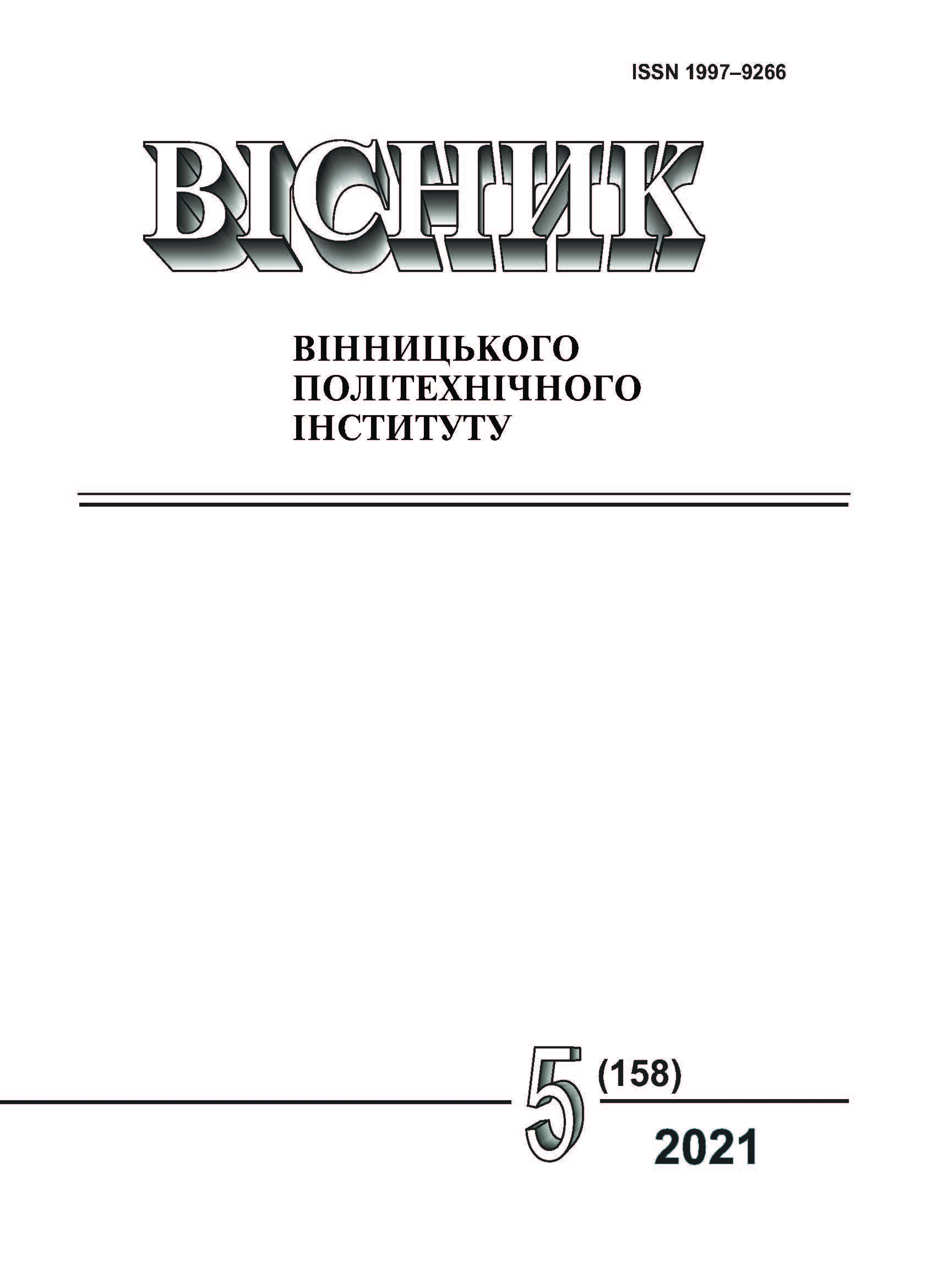Automation of Control of Modes of Power Supply and Lighting Systems of Cities
DOI:
https://doi.org/10.31649/1997-9266-2021-158-5-58-63Keywords:
Smart-Light, automatic control system, multilevel system, phase-switched booster transformer, lighting systemsAbstract
In the work under consideration, the power supply and lighting systems of cities are considered as complex geographically distributed man-machine systems, which, in turn, are part of higher-level systems - electric power systems or their subsystems. They have common elements with them (supply and distribution networks of high and medium voltage), as well as common power supplies and means of regulation and control. This makes them mutually influencing and interrelated and requires the use of methods and technical means of control, adapted to the parameters and modes of urban energy networks and, basically, focused on structural and parametric integration and control systems for objects of energy systems. The structure of an automatic control system, criteria and parameters for controlling the modes of power supply and lighting systems in cities, differing in the distribution of parameters in space, processes in time, as well as a low level of correlation of voltage and reactive power graphs, are proposed, and are based on the application of the Smart-Light concept. It is based on a distributed multi-level control system with dispersed active elements based on the use of phase-shifting booster transformers. This ensures the possibility of unrelated control of voltage modes, active and reactive power. The foregoing opens up the possibility of controlling the voltage modes at any point in the network without affecting the modes of other consumers. The conceptual system for controlling the modes of electrical networks of power supply and lighting systems in cities allows us to take into account their features associated with the color-light effect of lighting on the flora and fauna, as well as adjacent systems of a higher level — electrical power systems and networks. The above allows us to consider the power supply and lighting systems of cities as complex biotechnical systems and manage them taking into account, in addition to the economic criterion, also the criteria of social and environmental efficiency.
References
П. П. Говоров, О. В. Король, Н. І. Носан, і Т. І. Романова, «Система динамічного освітлення на основі світлодіодного світла,» SvitloLux, № 6, с. 46-50, 2011.
В. В. Назаров, «Концепція Smart Grid та реальної енергії,» Енергія та електрифікація, № 6, с 12-15, 2013.
В. Н. Винославський, В. І. Тарадай, В. Буц, і Д. Хайнце, Автоматизація проектування систем електропостачання. Київ: Вища школа, 1982, 208 с.
А. К. Шидловський, і В. Г. Кузнєцов, Підвищення якості енергії в електричних мережах. Київ: Наукова Думка, 1985, 268 с.
Ф. П. Говоров, «До питання оптимізації регулювання напруги в міських електричних мережах,» Промышленная энергетика, с. 21-25, 1997.
Downloads
-
PDF (Українська)
Downloads: 290
Published
How to Cite
Issue
Section
License

This work is licensed under a Creative Commons Attribution 4.0 International License.
Authors who publish with this journal agree to the following terms:
- Authors retain copyright and grant the journal right of first publication.
- Authors are able to enter into separate, additional contractual arrangements for the non-exclusive distribution of the journal's published version of the work (e.g., post it to an institutional repository or publish it in a book), with an acknowledgment of its initial publication in this journal.
- Authors are permitted and encouraged to post their work online (e.g., in institutional repositories or on their website) prior to and during the submission process, as it can lead to productive exchanges, as well as earlier and greater citation of published work (See The Effect of Open Access).





